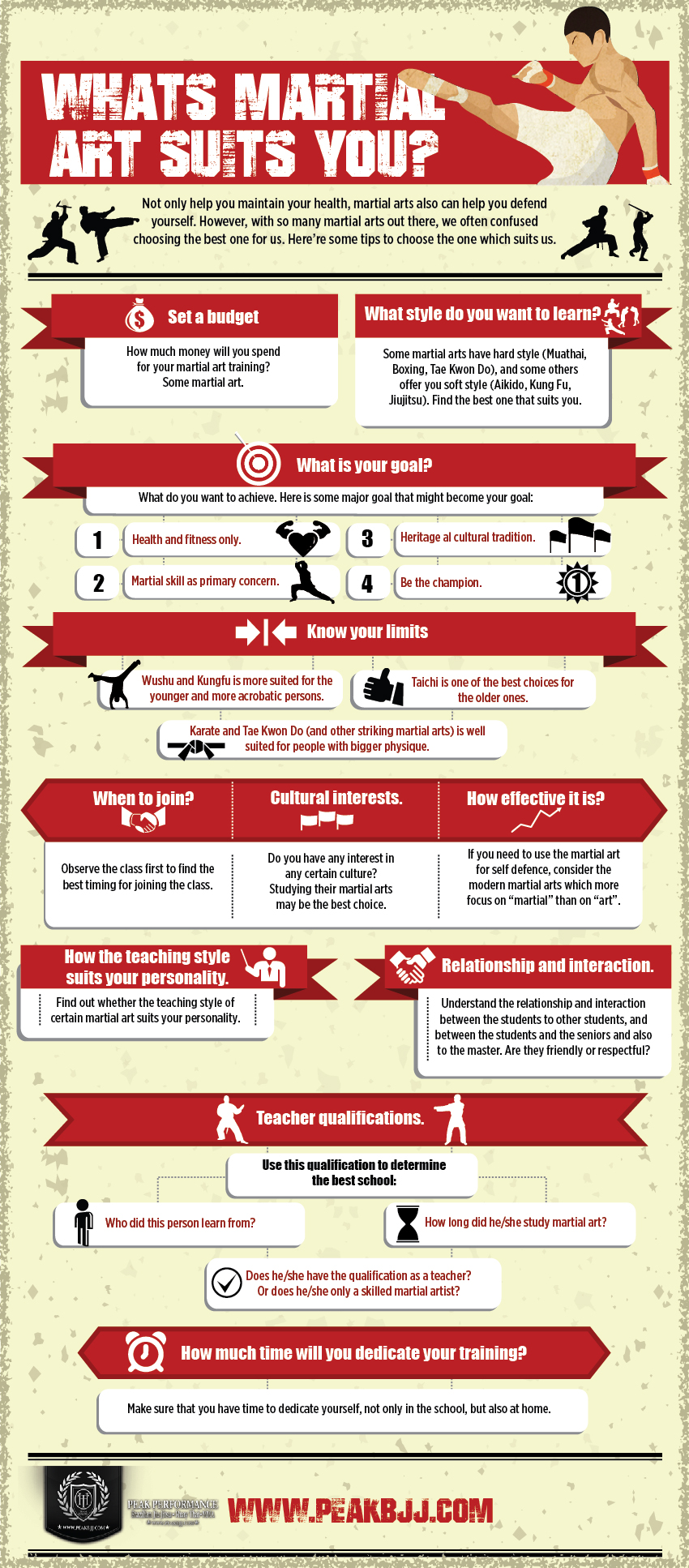Just How Do The Discipline-Centered Technique Of Traditional Martial Arts And The Competition-Driven Nature Of Modern-Day Fight Sports Differ? Discover The Substantial Distinctions That Can Form Your Experience
Just How Do The Discipline-Centered Technique Of Traditional Martial Arts And The Competition-Driven Nature Of Modern-Day Fight Sports Differ? Discover The Substantial Distinctions That Can Form Your Experience
Blog Article
Staff Writer-Ware Brady
When you consider martial arts, do you lean extra towards the typical techniques or the contemporary combat sports? Each path uses unique advantages and experiences, shaped by their approaches and training approaches. website and self-control, while contemporary combat sports concentrate on competition and efficiency. Recognizing these differences can lead you in picking the appropriate strategy for your trip. But how do these differences materialize in training and philosophy?
The Viewpoint and History Behind Typical Martial arts
While lots of people connect martial arts with physical combat, the ideology and history behind typical martial arts run much deeper. You'll discover that these disciplines emphasize individual development, self-control, and respect.
Originating from ancient practices, standard martial arts were frequently developed for Self-Defense and spiritual development. They embody concepts such as equilibrium, consistency, and self-control, assisting professionals beyond simple fighting skills.
As you educate, you'll not only find out methods however additionally get understandings right into the society and worths that shaped these arts. The routines and customs, frequently given with generations, foster a feeling of neighborhood and belonging.
The Competitive Nature of Modern Combat Sports
Modern combat sports have actually changed the landscape of martial arts into an extremely affordable arena, where athletes challenge in a test of ability, approach, and endurance.
You'll discover that competitors are often arranged with strict guidelines and laws, ensuring fair game and safety. These events draw in large audiences, fueling the exhilaration and strength of competitions.
Athletes train carefully, not just for physical prowess however additionally for psychological toughness, recognizing that every information counts in the ring. The adrenaline rush throughout competitions is apparent, as boxers press their limits to declare triumph.
Followers value the athleticism and artistry involved, making modern battle sports a thrilling spectacle that remains to evolve and astound enthusiasts worldwide.
Training Methods and Techniques: A Relative Evaluation
The affordable atmosphere of contemporary combat sports demands cutting-edge training methods that vary significantly from conventional martial arts.
In contemporary training, you'll concentrate on specific strategies, sparring, and conditioning, usually making use of drills that simulate genuine battle circumstances. You'll see a focus on quantifiable efficiency and frequent competition to examine your abilities.
On Krav Maga , traditional martial arts focus on kinds, katas, and philosophical trainings, frequently stressing self-control and regard over competition.
Training is generally less extreme and might entail repetitive technique as opposed to real-time sparring.
While both methods build skill and physical fitness, modern battle sports provide an extra dynamic and versatile training setting, preparing you for prompt obstacles in the ring or cage.
Pick the path that straightens with your goals and interests.
Verdict
In choosing in between conventional martial arts and contemporary battle sports, it truly comes down to what you value most. If you're trying to find personal development, discipline, and a feeling of community, traditional arts might be your best fit. But if you prosper on competition and real-time challenges, modern battle sporting activities could be the means to go. Inevitably, both courses supply distinct advantages, so it's all about straightening your training with your personal objectives and interests.
